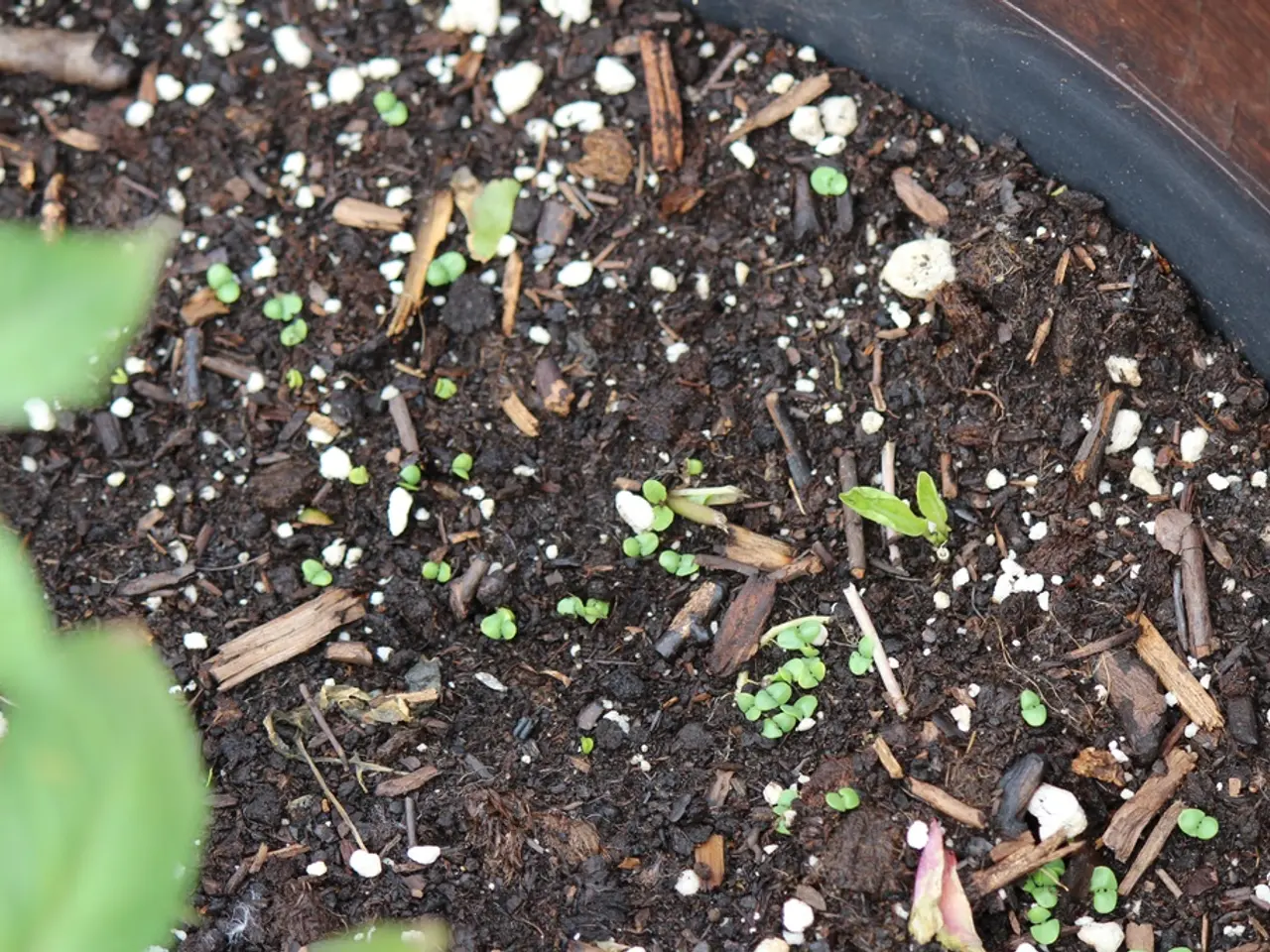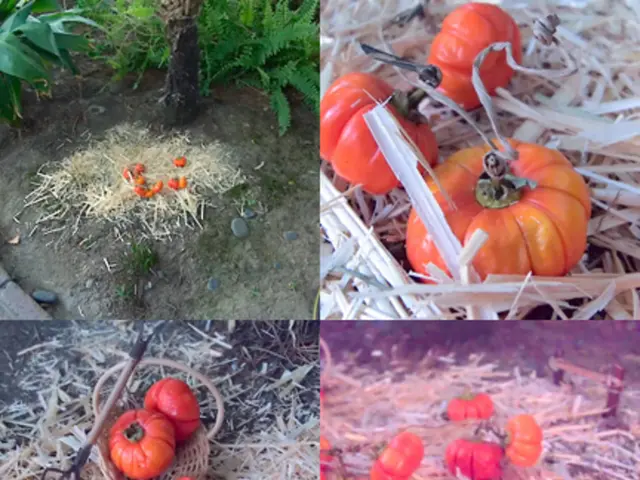Essential Insights on Employing Vermicompost for Your Vegetation
In the quest for a sustainable and eco-friendly approach to gardening, the humble worm compost, or vermicompost, is emerging as a game-changer. Research from South Carolina State University and Cornell University has highlighted the benefits of using vermicompost as a fertilizer for plants.
Vermicompost is a rich, nutrient-dense soil amendment that is created by composting organic matter with worms, such as red wigglers or earthworms. This living organism contains a swarm of microbes that digest organic materials and release essential nutrients, providing an ideal environment for strong root growth and the absorption of growth-promoting building blocks.
For those looking to incorporate vermicompost into their gardening routine, there are several effective methods:
1. **Mixing with Soil:** Blending vermicompost with soil at a ratio of about 1:3 or 1:4 (1 part vermicompost to 3-4 parts soil) creates a nutrient-rich growing medium. For potted plants or seedlings, mixing around 15-20% vermicompost by volume with potting soil works well for healthy growth.
2. **Top Dressing:** Applying a thin layer (about ½ inch) of vermicompost on the soil surface around plants slowly releases nutrients and improves soil microbial life.
3. **Making Vermicompost Tea:** Steep 1-2 cups of vermicompost in about 5 gallons of dechlorinated water for 24 to 36 hours, adding a sugar source like molasses to encourage beneficial microbes. After brewing, apply the vermicompost tea by pouring it directly around the root zone or spraying it on leaves. This liquid fertilizer activates microbes and improves oxygen availability to roots.
4. **For Lawns:** Spread a thin (¼ inch) layer of vermicompost over the lawn during spring and fall and water it in. This enhances soil health, reduces thatch, and helps defend against pests naturally.
Vermicompost not only supplies nutrients but also improves soil structure and organic nitrogen retention, which supports plant growth and soil health over time. To have healthy soil, one method is to use an organic fertilizer called vermicompost.
For best results, use vermicompost in a balanced way—both incorporated into soil and as top dressing or liquid application—to maximize nutrient availability and microbial benefits. Avoid over-application, and always ensure good soil aeration and moisture to support the microbial activity enhanced by vermicompost.
The benefits of using vermicompost extend beyond nutrient provision. It has shown to improve germination and seedling growth, aid in disease prevention, and promote the growth of young plants. The finished vermicompost has the properties of humus soil, including the ability to retain water while allowing for proper drainage and oxygen gaps.
In conclusion, embracing vermicompost as a fertilizer for plants is a simple yet effective method for promoting healthy soil, vigorous plant growth, and a more sustainable gardening practice.
- The nutrient-rich soil amendment vermicompost is created by composting organic matter with worms.
- Incorporating vermicompost into a gardening routine can be done by mixing it with soil at a ratio of about 1:3 or 1:4.
- For potted plants or seedlings, mixing around 15-20% vermicompost by volume with potting soil promotes healthy growth.
- Applying a thin layer of vermicompost on the soil surface around plants slowly releases nutrients and improves soil microbial life.
- Vermicompost not only supplies nutrients but also improves soil structure and organic nitrogen retention, supporting plant growth and soil health over time.
- The benefits of using vermicompost extend beyond nutrient provision, improving germination, seedling growth, disease prevention, and promoting the growth of young plants.








